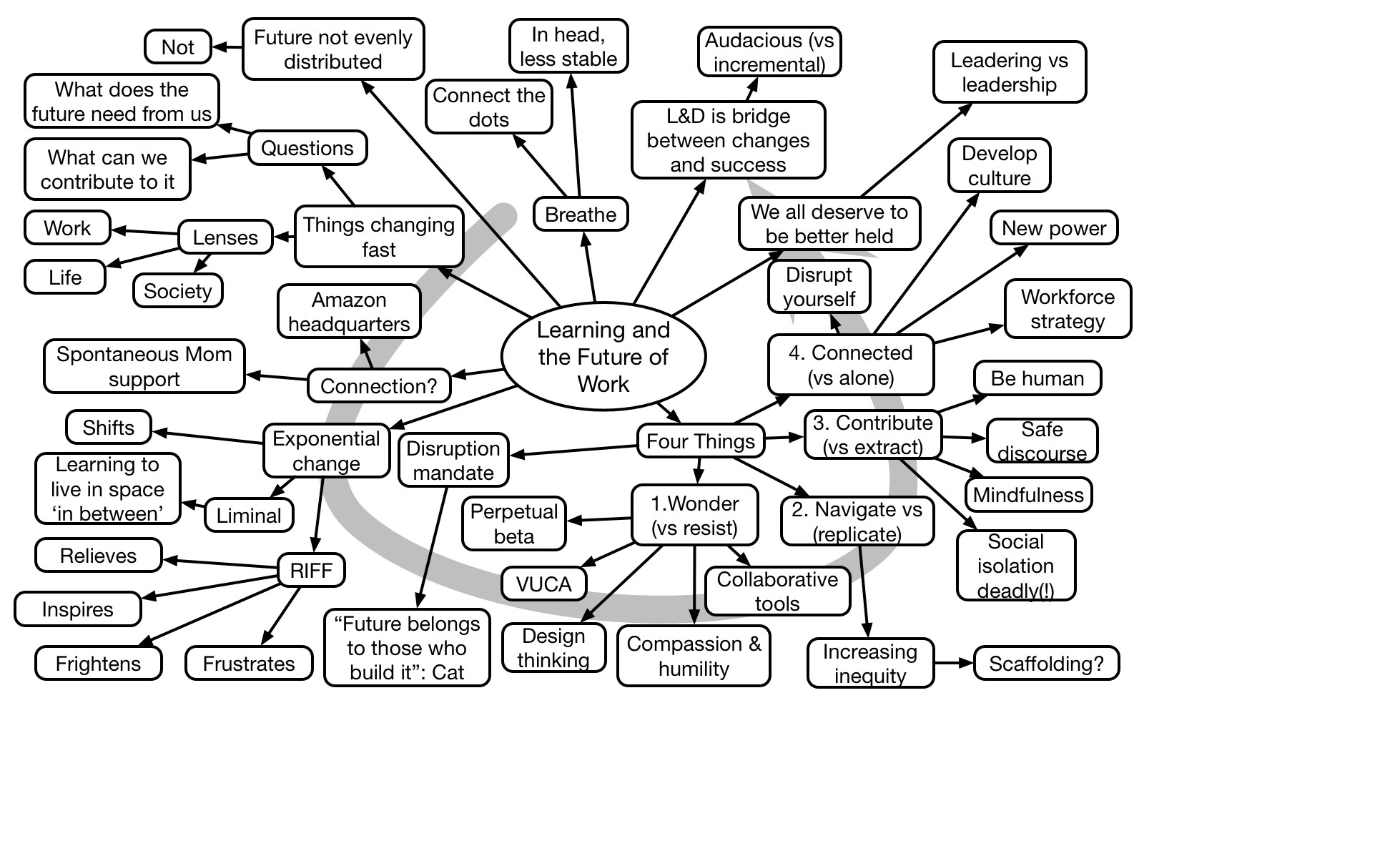The official opening event to kickoff ATD’s International Conference, was our 44th President, Barack Obama. Prompted by questions from Tony Bingham, he eloquently addressed education, values, and more. Thoughtful, witty, and ultimately wise, an inspiring session.






